Contents
Guide
Australia
HarperCollins Publishers Australia Pty. Ltd.
Level 13, 201 Elizabeth Street
Sydney, NSW 2000, Australia
www.harpercollins.com.au
Canada
HarperCollins Canada
2 Bloor Street East - 20th Floor
Toronto, ON M4W 1A8, Canada
www.harpercollins.ca
New Zealand
HarperCollins Publishers New Zealand
Unit D1, 63 Apollo Drive
Rosedale 0632
Auckland, New Zealand
www.harpercollins.co.nz
United Kingdom
HarperCollins Publishers Ltd.
1 London Bridge Street
London SE1 9GF, UK
www.harpercollins.co.uk
United States
HarperCollins Publishers Inc.
195 Broadway
New York, NY 10007
www.harpercollins.com
RICHARD P. McBRIEN is Crowley-OBrien Professor of Theology at the University of Notre Dame. A leading authority on Catholicism, he is the author of Lives of the Popes and Catholicism and a frequent commentator on Catholic issues on national radio and television.
Discover great authors, exclusive offers, and more at hc.com.
Catholicism
The HarperCollins Encyclopedia of Catholicism (general editor)
The Lives of the Popes: The Pontiffs from St. Peter to Benedict XVI
The Pocket Guide to the Popes
The Pocket Guide to the Saints


LIVES OF THE SAINTS: From Mary and St. Francis of Assisi to John XXIII and Mother Teresa. Copyright 2001 by Richard P. McBrien. All rights reserved under International and Pan-American Copyright Conventions. By payment of the required fees, you have been granted the nonexclusive, nontransferable right to access and read the text of this e-book on-screen. No part of this text may be reproduced, transmitted, downloaded, decompiled, reverse-engineered, or stored in or introduced into any information storage and retrieval system, in any form or by any means, whether electronic or mechanical, now known or hereafter invented, without the express written permission of HarperCollins e-books.
HarperCollins Web site: http://www.harpercollins.com
HarperCollins,  , and HarperOne are trademarks of HarperCollins Publishers.
, and HarperOne are trademarks of HarperCollins Publishers.
FIRST HARPERCOLLINS PAPERBACK EDITION PUBLISHED IN 2003
Library of Congress Cataloging-in-Publication Data is available upon request.
ISBN 9780061232831
EPub Edition October 2015 ISBN 9780062467805
09 10 11 12 13 RRD(H) 10 9 8 7 6 5 4 3 2 1

THIS BOOK CAME ABOUT AS THE RESULT OF A SUGGESTION FROM MY publisher, Stephen Hanselman, and my editor, John Loudon, to consider doing something on the saints similar in nature to my previous book Lives of the Popes: The Pontiffs from St. Peter to John Paul II, published in the fall of 1997.
As was the case with my book on the popes, the great bulk of this volume consists of biographical sketches of varying lengths (Part IV). The biographies are of the saints who appear on the General Roman Calendar, which contains the list of feast days celebrated throughout the Roman Catholic Church, as well as of the many other saints whose feasts are celebrated by various countries, religious orders, or other Christian denominations, particularly the Greek and Russian Orthodox Churches, the churches of the Anglican Communion, especially the Church of England and the Episcopal Church in the United States of America (USA), and the churches of the Lutheran World Federation, especially the Evangelical Lutheran Church in America. In addition there are references to holy persons not yet recognized as saints, including even non-Christians. Other features include a time line that integrates some of the Churchs most important saints with the major events of church and world history; three introductory chapters (Parts IIII) explaining in some detail the meaning of sanctity, its varieties of expression, and the process by which saints are proclaimed and canonized; an epilogue (Part V) that recapitulates the history of the Church in relation to some of the key saints who helped to shape its life and mission in each of its centuries of existence, distinguishes the saints by categories, and proposes a list of twenty of the Churchs most representative saints; a series of tables (Part VI), including lists of (1) feast days, (2) patron saints, (3) places and their patrons, (4) groups and causes with their corresponding patrons, (5) saints with their distinctive emblems in art and iconography, (6) saintly firsts, and (7) a chart that compares Pope John Paul IIs canonizations and beatifications with those of his predecessors; notes; a glossary of terms; a select and annotated bibliography of popular and scholarly resources; and an index of personal names and subjects.
I must make the same disclaimer here that I made in the preface to Lives of the Popes. This is not a work of primary or original historical scholarship. Indeed, most historians would require a lifetime of research to master the biographies of only one or two major saints and of the periods in which they lived. This book is the work of a theologian, not of a historian, and more specifically of an ecclesiologist, whose task is to reflect on the lives of the saints and on the process of canonization in the light of the nature, mission, and history of the Church as a whole. What do the saints tell us, individually and collectively, not only about the character of Christian discipleship, but about the meaning of human existence itself ? And what does the action of the Church in proclaiming or canonizing various types of Christians as saints disclose about the fundamental religious values of the Church itself ?
The originality of this book consists, first, in the overall concept and structure of the book; second, in the biographical material selected from the vast body of secondary literature as both theologically and historically pertinent and potentially interesting to nonspecialist readers; third, in the theological interpretations of sanctity, spirituality, and the canonization process; fourth, in the ecumenical and liturgical emphases employed throughout the book; and fifth, in the various features that are designed to expand and complement readers understanding of and appreciation for the individual saints and the Churchs own communal call to holiness.
Is the book a reference work, a book to be read as any other, from beginning to end, or a devotional resource, to be used for daily reflections on the lives of the saints? It is all three. Many readers will undoubtedly look first to see if their own favorite saints are mentioned and what is said about them. Then they may skip from month to month, perusing the biographies at random. It is my strong hope that readers who are immediately drawn to the Lives section of the book will not neglect for long the first three chapters and the Epilogue, because without them the biographical profiles are just so many disconnected vignettes of famous and not-so-famous religious figures from the distant and recent past.
Indeed, there is no more basic question for a Christian (or any individual human being, for that matter) to address than the question of sanctity. In what does a fully human life consist? What does it mean not only to be good, but to be really good, even outstandingly so? And what role does a global and multicultural community such as the Church have in inspiring others to live up to such standards of human behavior, and what responsibility does it have to live up to those standards itself ?

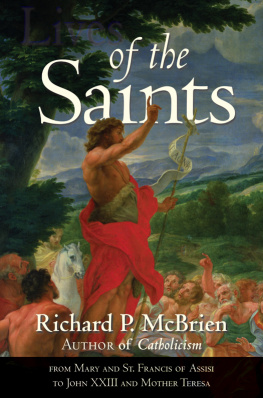
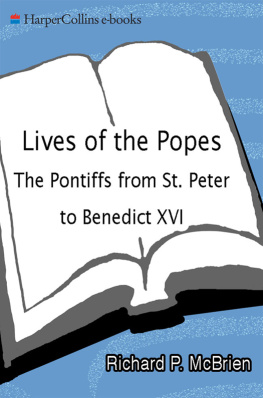
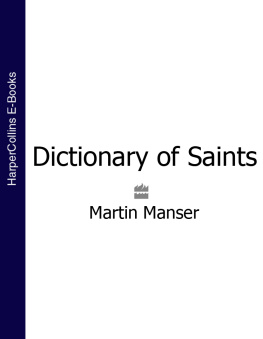

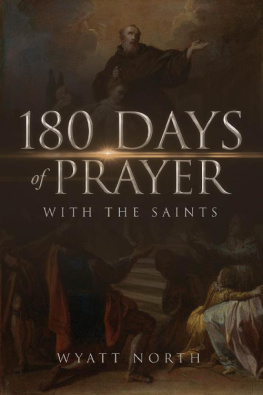

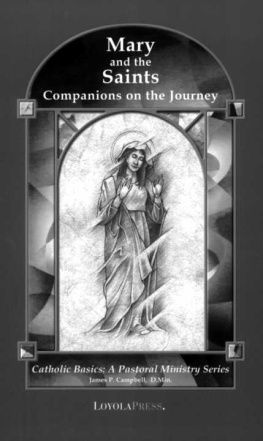
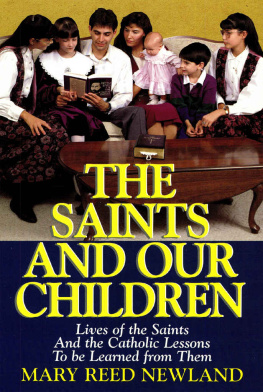
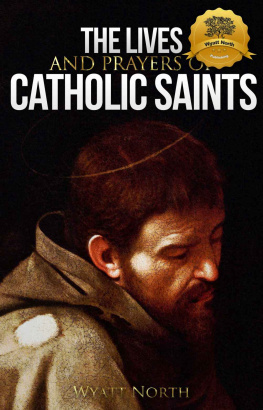
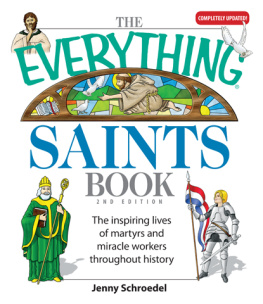
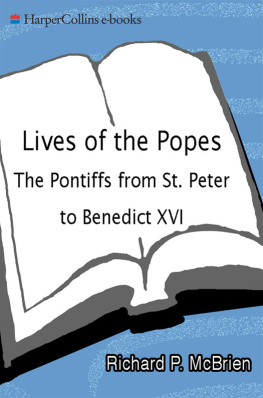
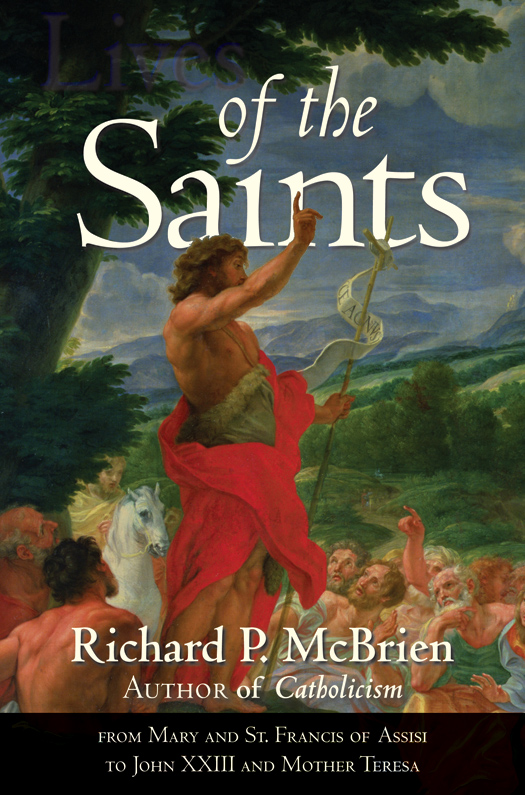


 , and HarperOne are trademarks of HarperCollins Publishers.
, and HarperOne are trademarks of HarperCollins Publishers.